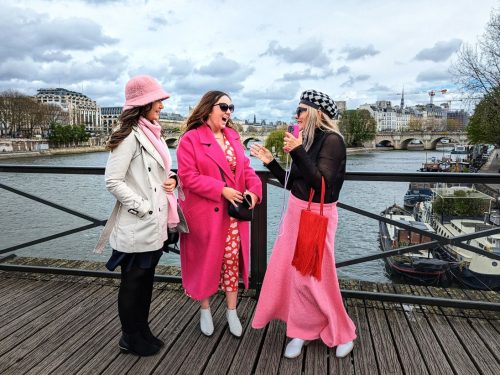 Tourists Want To Experience ‘Emily in Paris’ for Real
Tourists Want To Experience ‘Emily in Paris’ for Real
A journalist from Finland followed in the footsteps of “Emily in Paris” fans on a themed tour in the fashion capital of the…
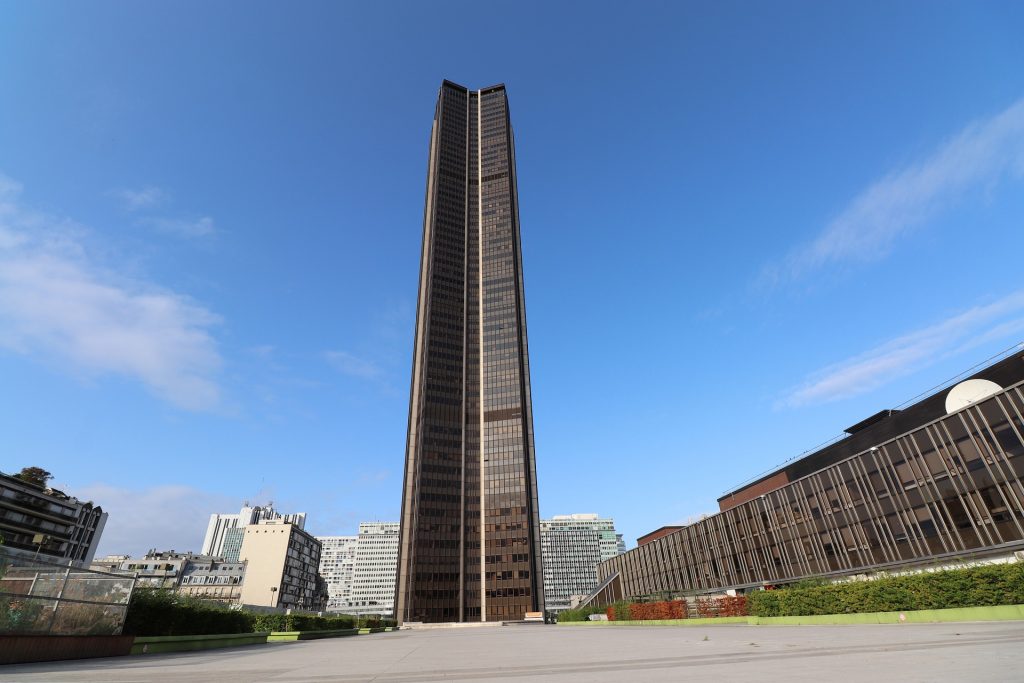
Stretching across parts of the 6th, 14th and 15th arrondissements on Rive Gauche (the Left Bank of the Seine), Montparnasse is easily recognized by having Paris’ only inner city skyscraper, the Tour Montparnasse. It’s also known as the historic quarter whose traditional cafés attracted many artists and authors over the years.
While the quarter isn’t huge, it’s crammed full with things to see.
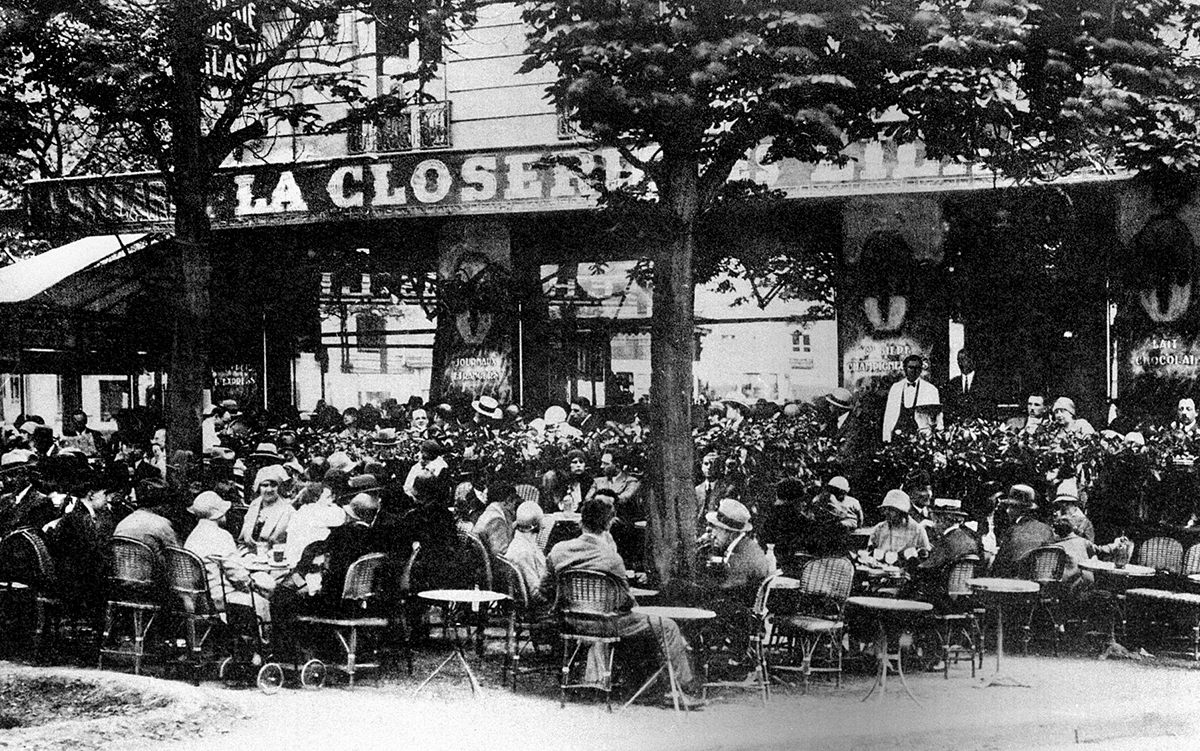
Montparnasse was a haven for literary greats and famous artists during the early 20th century. It attracted names such as Ernest Hemingway, the Fitzgeralds, and Gertrude Stein from the literary world, and philosophers such as Jean-Paul Sartre and Simone de Beauvoir.
Painters like Pablo Picasso, Amedeo Modigliani, and Marc Chagall also flocked to the area, contributing to the bohemian atmosphere, which you can still feel today.
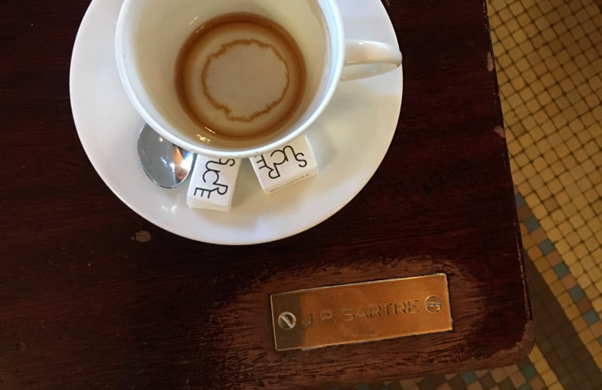
The cafés of Montparnasse, stretching along Boulevard du Montparnasse, like La Rotonde, Le Dôme, and La Coupole, served as intellectual salons where artistic minds exchanged ideas and philosophies.
These personalities transformed the area into a hotbed of creativity, inspiring one another and influencing the course of modern art and literature. Their work and ideas continue to resonate through generations, leaving an indelible mark on the cultural landscape of the 20th century.
If you’re a reader, writer, or artist, there’s nothing quite like sitting on the terraces of these cafes being inspired by their history. To feel really close to your favorite writer, head straight to La Closerie des Lilas, where tables have little metal signs on them telling you exactly who sat where once upon a time.
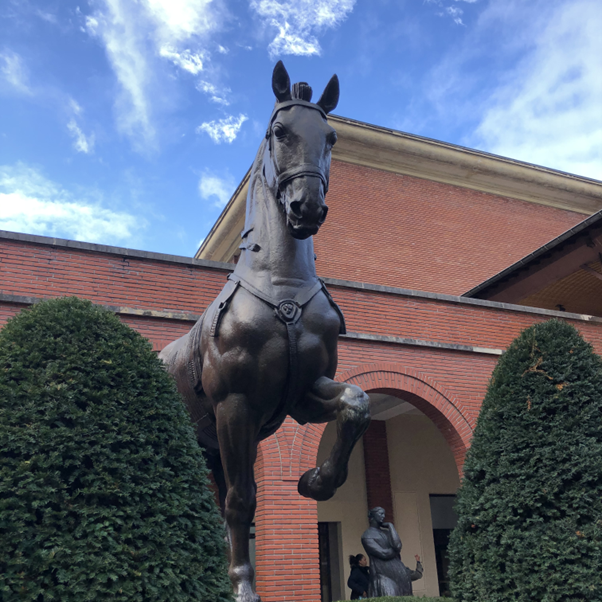
It’s no surprise that this creative quarter also offers an array of art museums that celebrate diverse artistic expressions. Here are a few of my favorites:
Montparnasse has many secrets to reveal, and the best way to get a great overview of the quarter, especially if you’re short on time, is on our Montparnasse Walking Tour.
Exploring the neighborhood on foot, you’ll learn more about Montparnasse’s French Resistance past, plus become aware of its Black and women’s history, all while listening to anecdotes from your local guide explaining more about the celebrities of the neighborhood and its café society.
To make the most of your visit, check out our other local led Paris tours.

It’s impossible to go anywhere in Paris without at least indulging in some window-shopping, and Montparnasse is no exception.
Don’t miss the Montparnasse branch of Galeries Lafayette, smaller sister of the Haussmann flagship store. The Galeries Lafayette houses the majority of French high-street brands and also has a branch of France’s best charity store, Emmaüs, within its building, where you can often find designer bargains at rock-bottom prices.
Also, Rue de Rennes starts in Montparnasse and stretches itself all along the way to Saint-Germain-des-Près near the Seine. Along it and its side streets, you’ll find individual French boutiques, global chains, and luxury brands — basically, something for every budget.
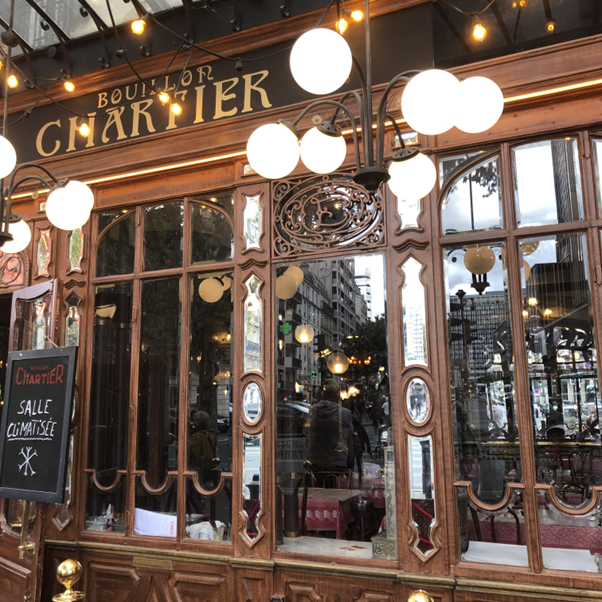
Montparnasse is a foodie haven. From traditional brasseries to seafood restaurants, from creperies to little bistros, and great breakfast spots, here you can eat until you pop.
One of my personal favorites is Bouillon Chartier Montparnasse, which is not just extremely photogenic but also serves French staples without frills and for a handful of euros. (This is the restaurant our Eiffel Tower tour guides might recommend to you, too, if you ask. There are a few around Paris.)
Local tip: Just make sure you translate each dish carefully if you want to avoid dishes that include offal. There are quite a few of those on the menu.
I tend to order six escargots (snails) for starters and follow with the boeuf bourguignon or the fish of the day. Go to La Closerie des Lilas as well, but unless you have a generous budget, stick to coffee by the bar because their restaurant is pricey, though very good.
La Coupole is full of history and art, and great for seafood lovers. And should you be sick of croissants for breakfast or simply want something more substantial, such as nicely cooked eggs and hash browns, head straight to Coffee Club.
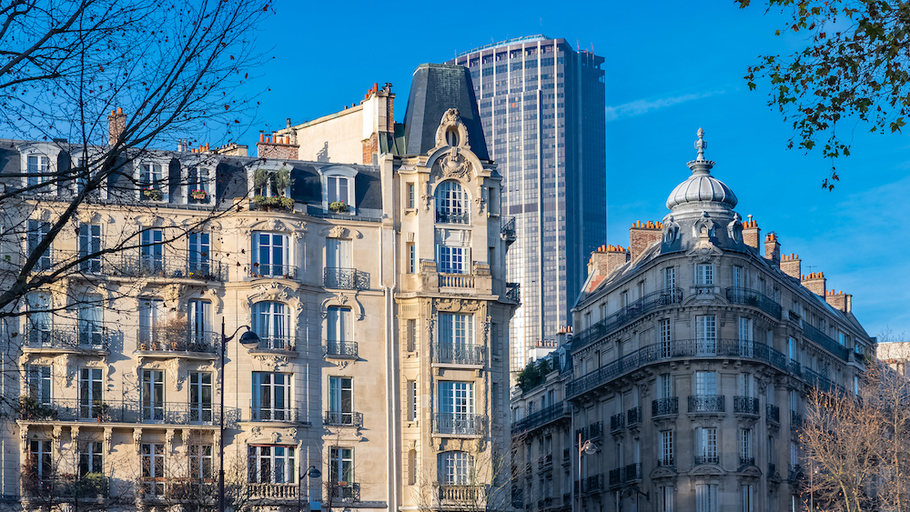
Paris is not Paris without the Eiffel Tower, and seeing la Dame de Fer (the Iron Lady) is on top of most visitors’ to-do list. Understandably.
But then you are standing at the top of the tower, and you see Paris stretching out below you, without the Eiffel Tower. So isn’t it much better to get to the best vantage point in Paris and see the city spreading below you, with the Eiffel Tower in the picture?
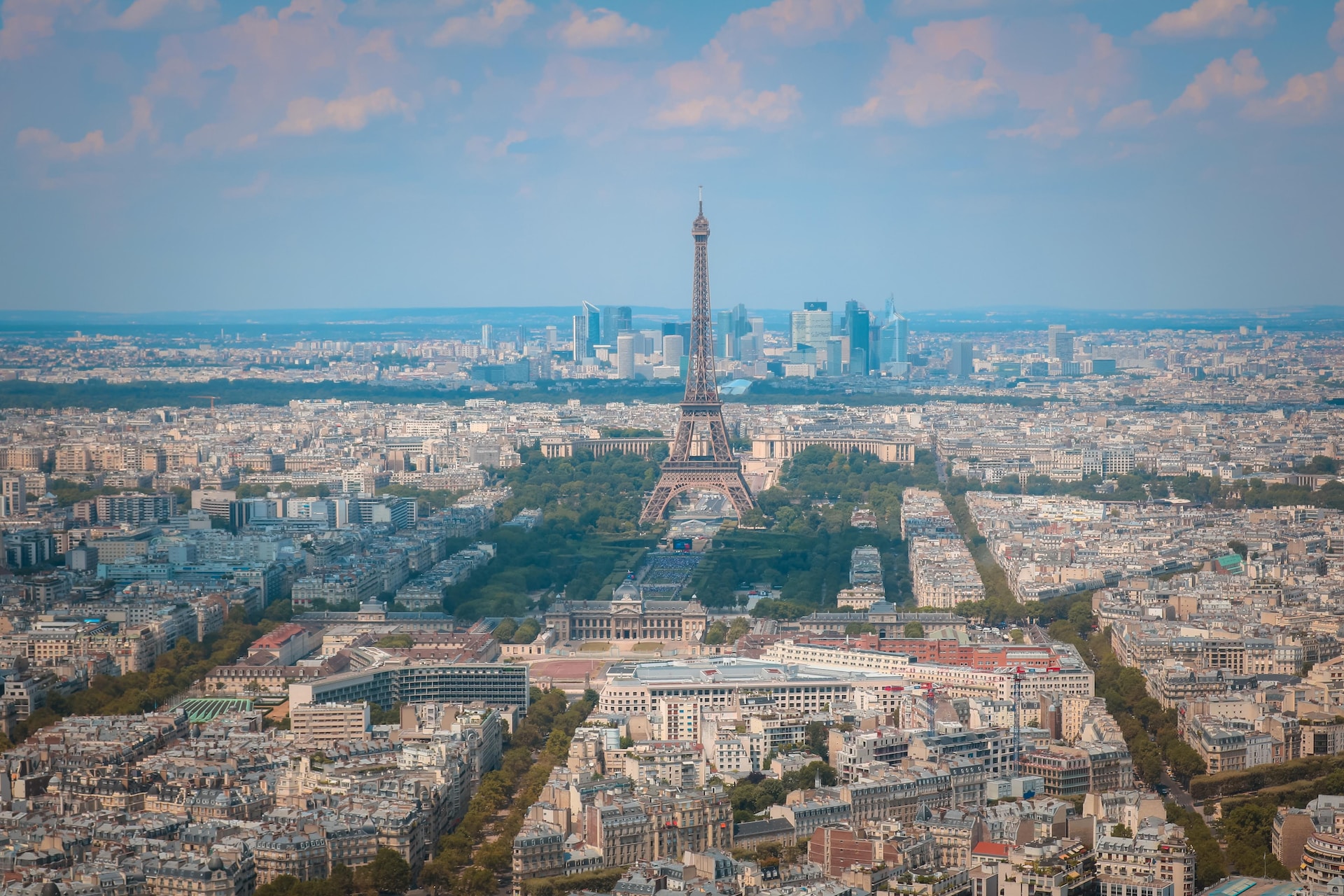
Enter the Montparnasse Tower. From the glass-enclosed observation deck on the 56th floor, reached by Europe’s fastest lift, you can see up to 25 miles on a clear day, with the Eiffel Tower right in front of you. You can get an adult ticket for €21 or a ticket for day and night visit — for two very different experiences — for €28.
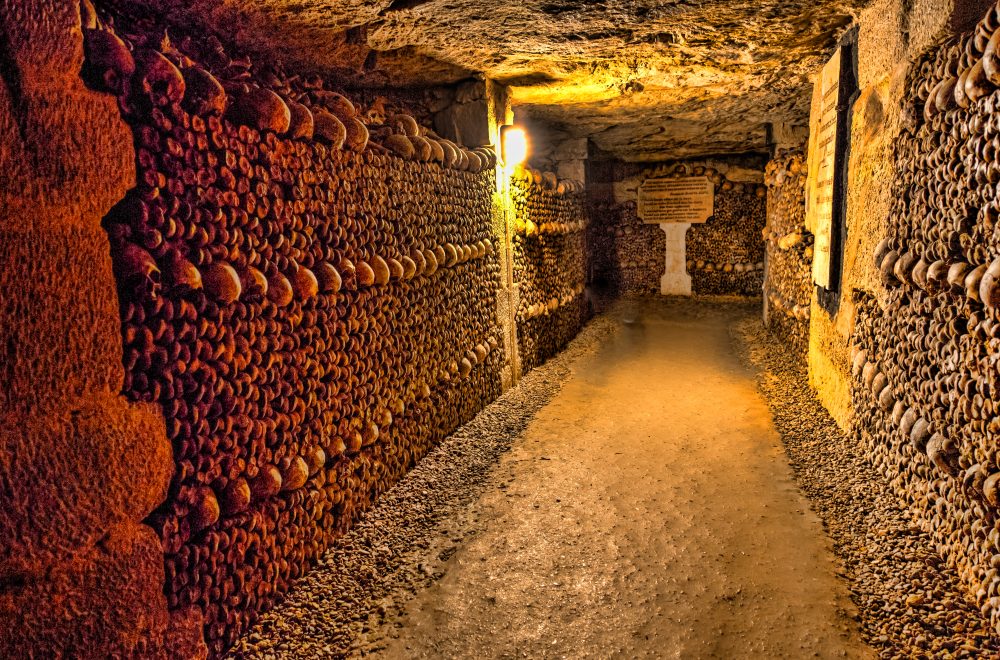
The Paris catacombs were first conceived in the late 1700s, when disease was rampant in Paris and cemeteries within the city limits were blamed. The convenient underground tunnels left over from quarrying, were deemed a perfect place to store thousands of bones dug up from the cemeteries, and, surprisingly, they’ve been open to the public since 1809. So far, so creepy.
Today, the catacombs are a warren of tunnels beneath Place Denfert-Rochereau at the outer limits of Montparnasse providing both history and an eerie thrill, when walking through the maze. The tunnels, incidentally, have street names mirroring the streets above ground. You will not only come across neatly stacked bones, but also art, and even a well once used by the quarrymen.
If you want to visit, try our skip-the-line guided tour of the Paris Catacombs. As a bonus, it includes special access to areas otherwise forbidden to the regular public.
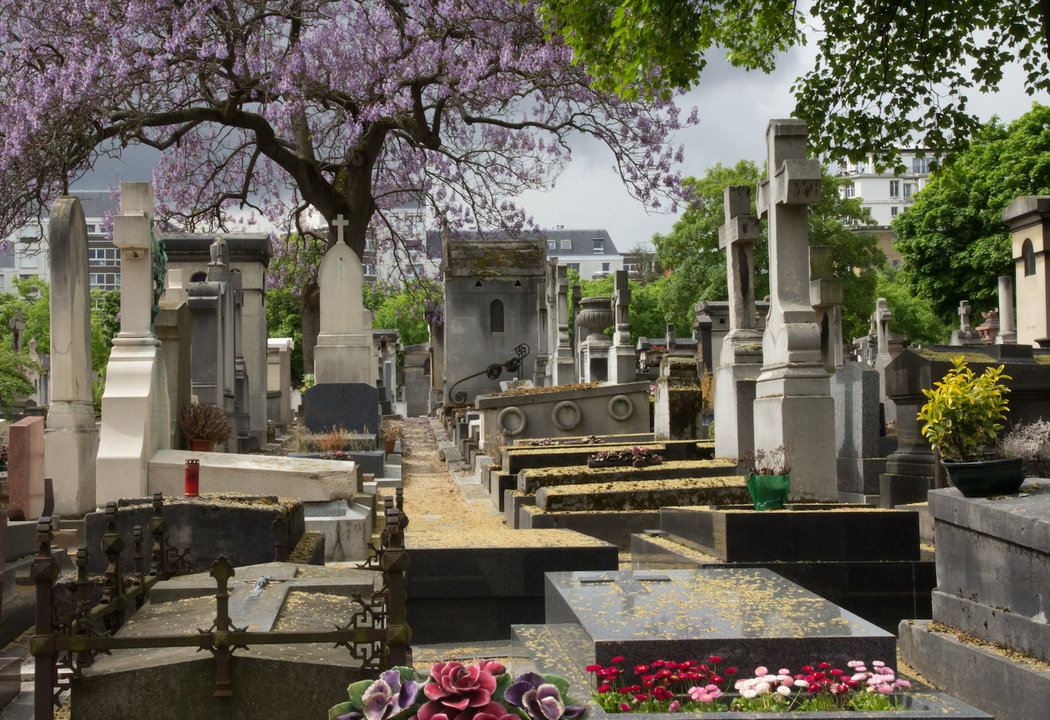
Ready for more mortality? Paris has some great cemeteries, and while the Montparnasse cemetery might not be quite as vast and atmospheric as Père Lachaise for example, it has a lot to offer. There’s not only graves of famous names, with the aforementioned Jean Paul Sartre and Simone de Beauvoir laid to rest there but also Statue of Liberty sculptor Frederic Auguste Bartholdi and photographer Man Ray and, most recently, style icon Jane Birkin. If you’re ever in New York to visit the statue, don’t forget to check out our Statue of Liberty tours.
But there are also some quirky sights worth searching out. Look for artist’s Niki de Saint Phalle grave complete with colorful sculptures and the grave of family Charles Pigeon, which is a life-sized bronze sculpture of his wife lying in bed, him sitting by her side, both watched by an angel.
Local tip: Print out the official map to see who lies where.
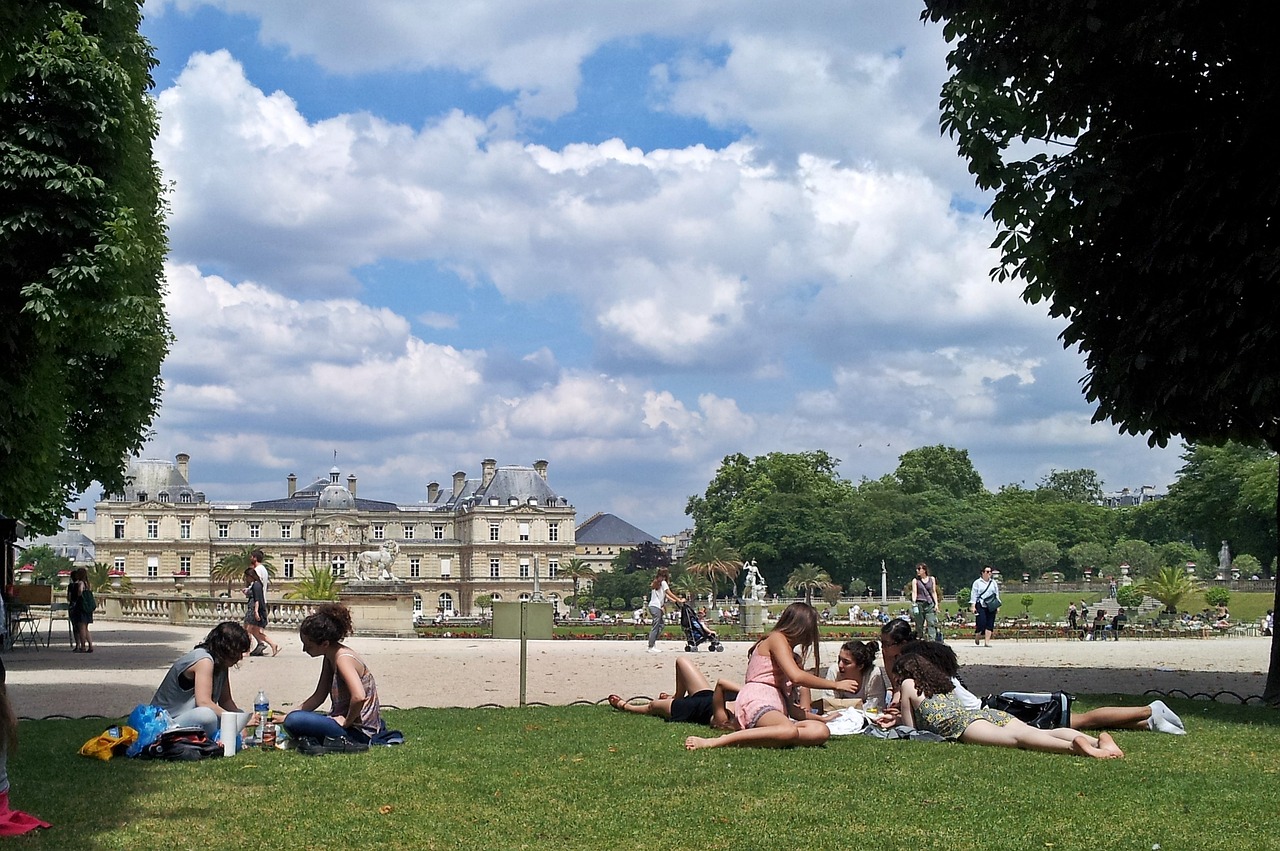
If you want to work on your French, try a visit to the theater.
Montparnasse is filled with small, independent theaters, showing anything from serious plays to magic and fun. The most Instagrammable of them all is the blue Comédie Italienne, which, to be fair, often has Italian shows on the program.
Also blue and photogenic, is the tiny Théâtre Edgar, which usually shows comedies. If your French is still in its baby shoes, then why not cheat a little? The Théâtre de la Gaîté Montparnasse regularly shows plays with English subtitles, making it so much easier!
To end your saunter through Montparnasse, head to one of Paris’ best parks, the Jardin du Luxembourg, on the outer edge of the quarter. Walk through it, stop for coffee, sail a small wooden yacht in the iconic fountain, or simply sit with a book in one of the tilted and surprisingly comfortable metal chairs. But don’t miss it. It’s the perfect end to your visit to this typically Parisian neighborhood.
 Tourists Want To Experience ‘Emily in Paris’ for Real
Tourists Want To Experience ‘Emily in Paris’ for Real
A journalist from Finland followed in the footsteps of “Emily in Paris” fans on a themed tour in the fashion capital of the…
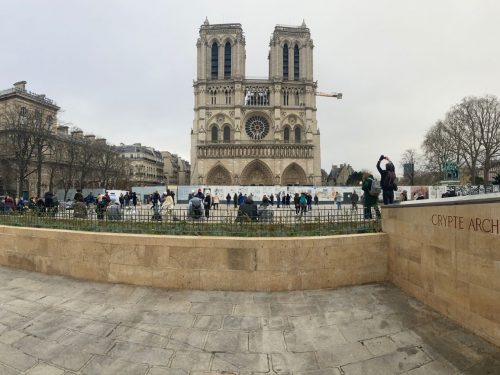 How To Visit Notre-Dame Today [Updated for 2025]
How To Visit Notre-Dame Today [Updated for 2025]
The Cathedral of Notre-Dame in Paris is a masterpiece of Gothic architecture and one of the most visited monuments in the world. For…
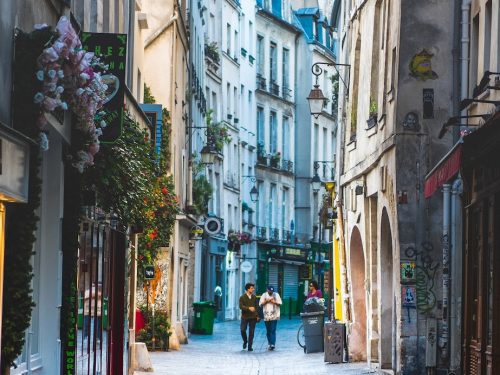 8 Must-See Spots in the Marais to Discover the Real Paris
8 Must-See Spots in the Marais to Discover the Real Paris
The first time I strolled through the Marais, it was clear that this was the district that embodied a new-bohemian — and slightly…